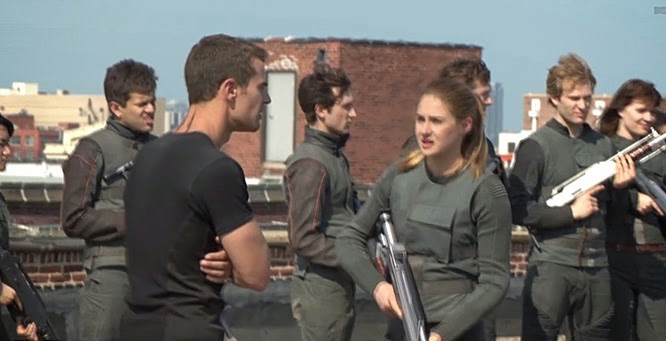"Our
society’s comfort level with offensive language and content has
drastically shifted over the past few decades, but the stance of our
news media has barely changed at all. Even when certain words are
necessary to the understanding of a story, the media frequently resort
to euphemisms or coy acrobatics that make stories read as if they were
time capsules written decades ago, forcing us all into
wink-wink-nudge-nudge territory. Even in this essay, I am unable to be
clear about many of my examples.
"Taste
is a legitimate concern. But this isn’t a matter of sprinkling salty
words around to spice up the content. These circumlocutions actually
deprive readers of the very thing these institutions so grandly promise:
news and information. At a time when readers can simply go online to
find the details from more nimble upstarts willing to be frank, the
mainstream media need to accurately report language that is central to
their stories."
I got into a little disagreement the other day with a friend who sees language differently than I do. She had posted a quote that made a lot of sense, but it was sprinkled with so much profanity--including the liberal use of "fuck"--that I got lost in the vulgarity of it and almost missed the point.
I use a lot of profanity in speaking (regretfully) to certain people. I contain it in certain circumstances. "Fuck" is a word that generally does not make me uncomfortable unless it is overused (it was nearly the only word I understood in the movie "Trainspotting" where people spoke Highland Scots). I use it and I understand--I think--its power when used judiciously. OK, yes, "judicious" use of "fuck" might be a contradiction of terms, but I don't think it always is.
Newspaper language has almost always been behind what the public accepts because the conservative backlash at something as innocuous as "damn" can be pretty severe. So, they go safely into the night and sometimes leave the reader wondering, "What the fuck did he say?" That's not reporting. It's obfuscating in order to avoid offending the lowest common denominator. And it's damn well not journalism.
(Graphic: www.blacksheepshirts.com.au)





























































